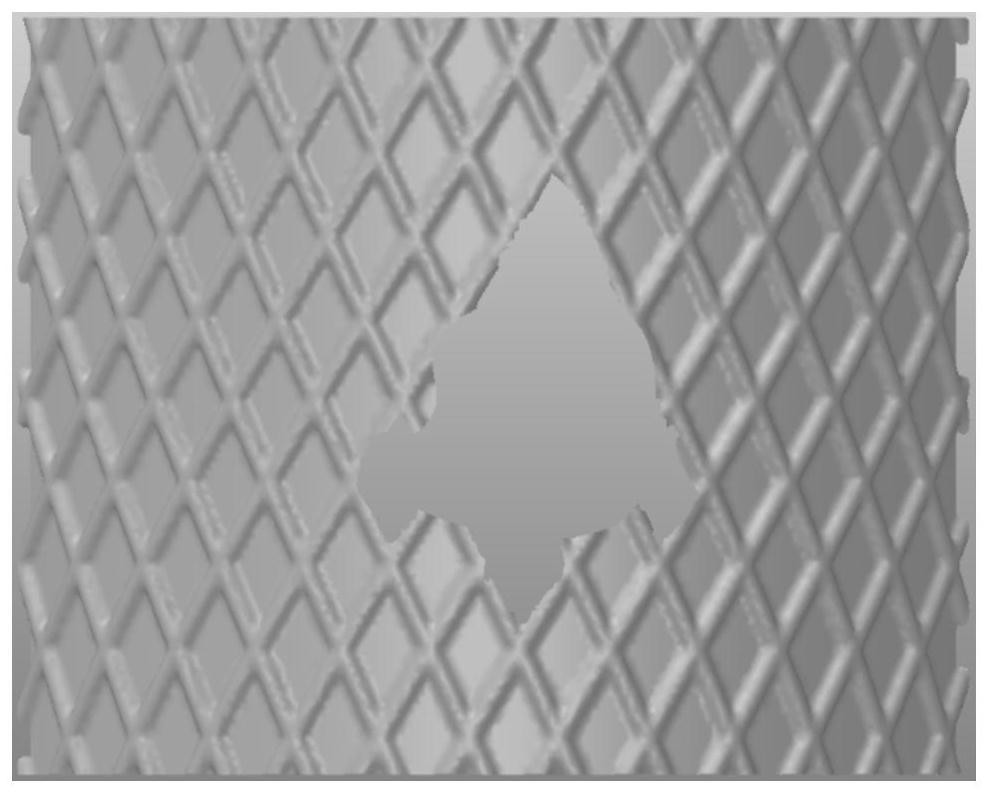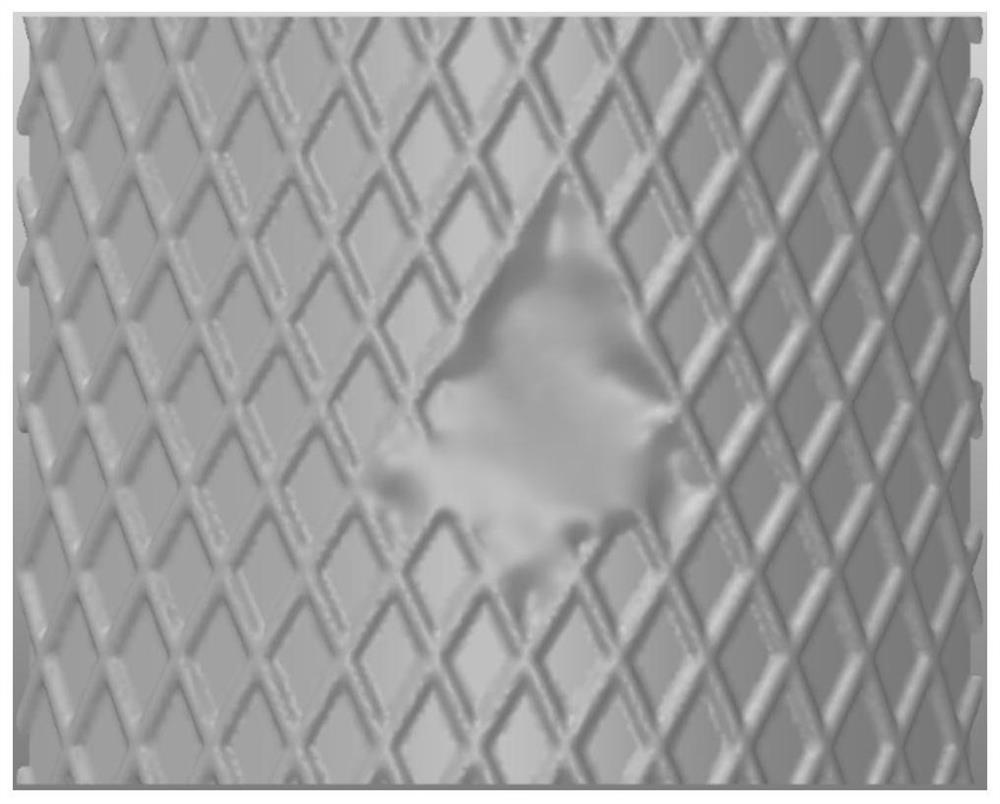A Model Hole Filling Method Based on Texture Synthesis
A texture synthesis and model technology, applied in 3D modeling, image data processing, instruments, etc., can solve the problem that the original geometric texture details of the model cannot be completely restored, the synthesis effect of geometric texture details is not ideal, and the three-dimensional texture cannot be simply satisfied Synthesis and other issues, to achieve the effect of enhancing operability and accuracy, optimizing the retention of detail features, and reducing the impact of errors
- Summary
- Abstract
- Description
- Claims
- Application Information
AI Technical Summary
Problems solved by technology
Method used
Image
Examples
Embodiment 1
[0135] The following demonstrates the above steps through specific examples:
[0136] Step 1, preprocessing process.
[0137] Specifically, input a textured hole model M (such as figure 2 shown), using the conventional method that does not consider the texture information to fill holes in the model to obtain the model M o (Such as image 3 shown), then to M o Perform smoothing operation to obtain the base surface mesh model M S (Such as Figure 4 shown), and then refer to the multi-resolution idea to separate the displacement vector representing the detailed feature information.
[0138] Step 2, base surface grid sampling.
[0139] Specifically, for the base mesh model M S Parametric processing is carried out, and the geodesic vector and coordinate base at each vertex are sequentially obtained by weighting and averaging the vertex-related information that has been parameterized by the grid DEM algorithm around the vertex, and then the improved discrete index mapping pa...
PUM
 Login to View More
Login to View More Abstract
Description
Claims
Application Information
 Login to View More
Login to View More - R&D
- Intellectual Property
- Life Sciences
- Materials
- Tech Scout
- Unparalleled Data Quality
- Higher Quality Content
- 60% Fewer Hallucinations
Browse by: Latest US Patents, China's latest patents, Technical Efficacy Thesaurus, Application Domain, Technology Topic, Popular Technical Reports.
© 2025 PatSnap. All rights reserved.Legal|Privacy policy|Modern Slavery Act Transparency Statement|Sitemap|About US| Contact US: help@patsnap.com



